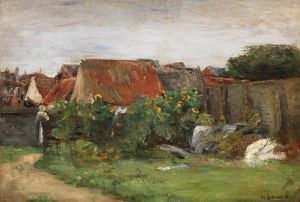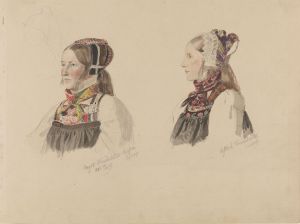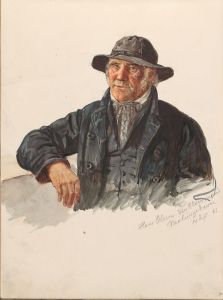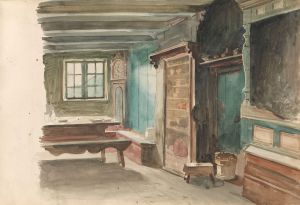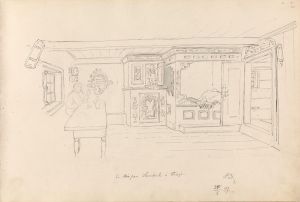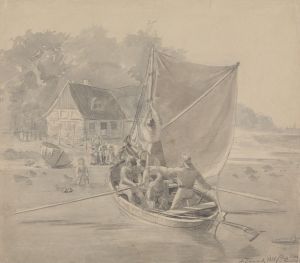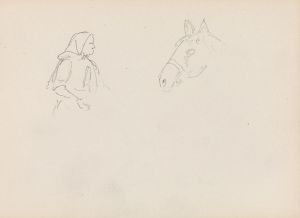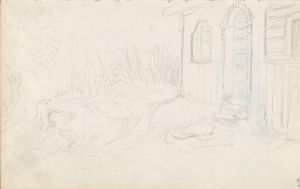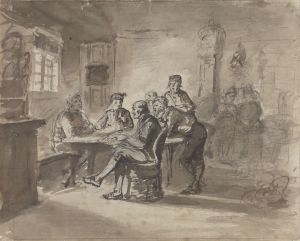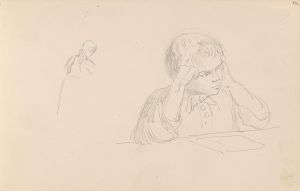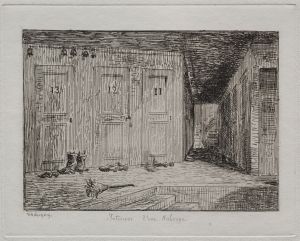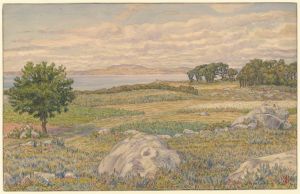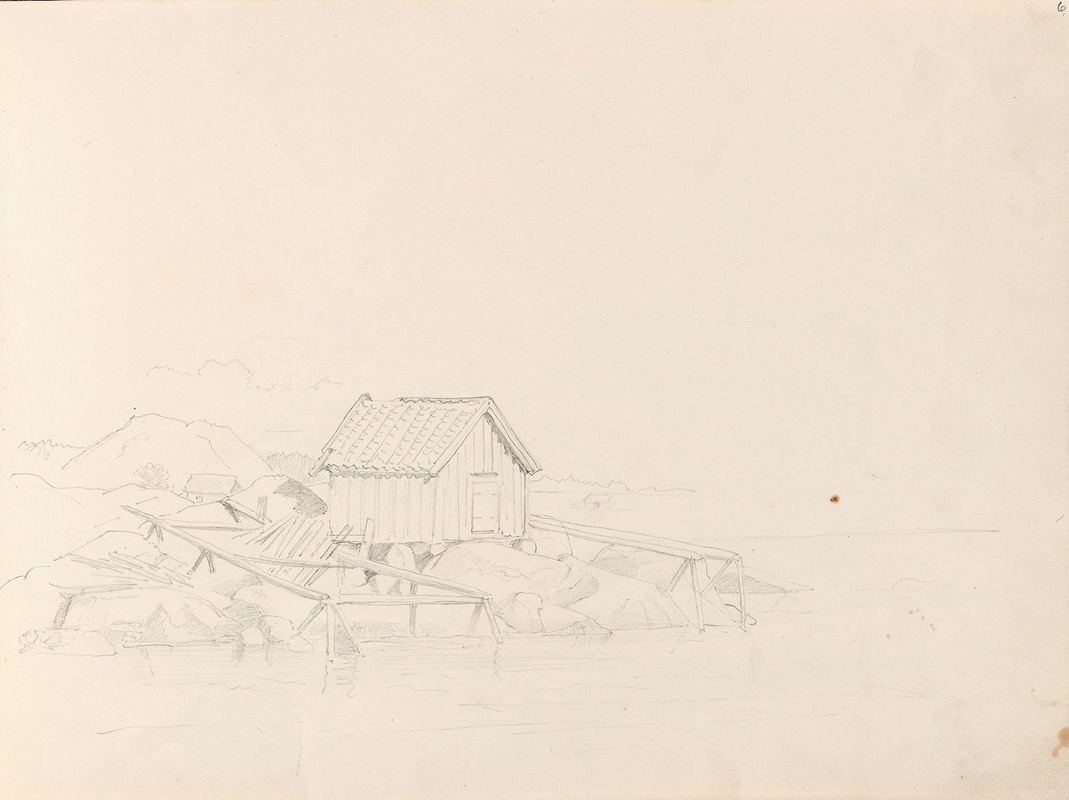
Båthus, Nevlunghavn
A hand-painted replica of Adolph Tidemand’s masterpiece Båthus, Nevlunghavn, meticulously crafted by professional artists to capture the true essence of the original. Each piece is created with museum-quality canvas and rare mineral pigments, carefully painted by experienced artists with delicate brushstrokes and rich, layered colors to perfectly recreate the texture of the original artwork. Unlike machine-printed reproductions, this hand-painted version brings the painting to life, infused with the artist’s emotions and skill in every stroke. Whether for personal collection or home decoration, it instantly elevates the artistic atmosphere of any space.
Adolph Tidemand was a prominent Norwegian painter known for his contributions to the national romantic movement in the 19th century. His works often depicted Norwegian rural life, traditions, and landscapes, capturing the essence of Norwegian culture and identity during a time of burgeoning national consciousness. One of his lesser-known works is "Båthus, Nevlunghavn," which translates to "Boathouse, Nevlunghavn."
Nevlunghavn is a small village located in Larvik municipality in Vestfold County, Norway. It is known for its picturesque coastal scenery and has historically been a fishing community. The village's charm and traditional way of life have made it a subject of interest for artists and tourists alike. In the 19th century, Nevlunghavn would have been a quaint and relatively isolated community, providing an authentic glimpse into the coastal life of Norway.
"Båthus, Nevlunghavn" by Adolph Tidemand captures the essence of this coastal village. Although specific details about the painting are scarce, it can be inferred that Tidemand's work likely reflects his characteristic style, which combines detailed realism with romanticism. His paintings often emphasize the interplay between humans and their environment, portraying the harmony and sometimes the harshness of rural life.
Tidemand's focus on boathouses and coastal settings aligns with his broader interest in Norwegian culture and traditions. Boathouses were essential structures in fishing communities, used for storing boats and fishing equipment. They were integral to the livelihood of the villagers, symbolizing the connection between the people and the sea. By choosing to depict a boathouse in Nevlunghavn, Tidemand highlights the importance of maritime activities in Norwegian coastal communities.
The painting likely features elements typical of Tidemand's style, such as meticulous attention to detail and a warm, natural color palette. His works often include figures engaged in everyday activities, set against the backdrop of Norway's stunning natural landscapes. This approach not only documents the visual aspects of Norwegian life but also conveys a sense of national pride and identity.
Adolph Tidemand's contributions to Norwegian art are significant, as he played a crucial role in shaping the country's artistic identity during the 19th century. His works, including "Båthus, Nevlunghavn," serve as valuable historical records, offering insights into the lives and environments of Norwegians during this period. While "Båthus, Nevlunghavn" may not be as widely recognized as some of his other works, it remains an important piece within the context of his oeuvre and the broader narrative of Norwegian art history.
In summary, "Båthus, Nevlunghavn" by Adolph Tidemand is a painting that reflects the artist's dedication to capturing the essence of Norwegian life and landscapes. Through his detailed and romanticized portrayal of a boathouse in the coastal village of Nevlunghavn, Tidemand contributes to the preservation and celebration of Norway's cultural heritage.






